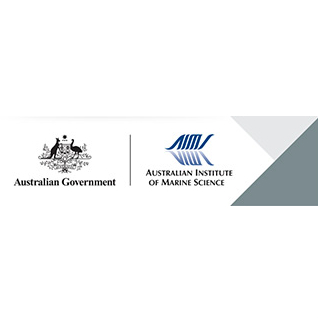Brief description
Stock cultures of the copepods Bestiolina similis, Parvocalanus crassirostris and Acartia sinjiensis were maintained at the Australian Institute of Marine Science in a temperature controlled room (27 ± 0.5°C) in three 20 litre culture containers with gentle aeration and a 12:12 light:dark cycle. Cultures were fed to excess with mixtures of the microalgae Isochrysis sp., Tetraselmis chuii, Rhodomonas sp. and Heterocapsa niei. Cultures were monitored daily and nauplii were removed and used to seed fresh cultures. For each copepod species, samples of 200-300 eggs and nauplii were placed in each of eight 2.3 litre polycarbonate bottles and fed to excess with the same micro-algal species used to maintain stock cultures and the bottles were placed on a plankton wheel at 0.5 rpm. Three experiments were conducted for each species by taking sequential sets of eggs and nauplii from the same cultures. Bottles were sampled at least daily by pouring off enough volume to yield >30 copepods and the media returned to the bottle. Time (not for eggs), length and width (µm) of the developmental stages (egg, nauplii I-VI, copepodite I-V, adult) of the three copepod species were recorded. Gender was assigned to CV and adult stages. Female copepods were isolated from each stock culture and acclimated to uni-algal diets of either Chaetoceros muelleri, Dunaliella sp., Rhodomonas sp., Heterocapsa niei, Tetraselmis chuii, Isochrysis aff. galbana or Pavlova salina for 24 hours prior to egg production experiments. Egg production was measured for each combination of copepod species and uni-algal diet by placing five adult females in each of five 500 ml flasks containing uni-algal cultures and placing the flasks on a plankton wheel at 0.5 rpm. After 24 hours the contents were condensed and preserved for later counts of nauplii and eggs. To investigate the escape responses of each of the three copepod species, simulated predation experiments were conducted. Ten sets of animals of each size class and species, and the percentage of copepods removed by the siphon were recorded. Lipid composition (%), content (mg/g dry mass), and fatty acid compsition (%) were examined, and lipid ratios were calculated for each species. Selected samples were also examined for the sterol profile in each species. This research was undertaken to compare two small calanoid copepods, Bestiolina similis and Parvocalanus crassirostris, to the larger Acartia sinjiensis, for their aquaculture potential as live feeds in terms of size, productivity, availability and nutritional composition. To assess two species of copepods for their potential as live feeds in aquaculture. Acartia sinjiensis is the species of the copepod genus most commonly cultured to provide larval diets for tropical snappers and groupers.Lineage
Maintenance and Update Frequency: notPlannedNotes
CreditMcKinnon, A David, Dr (Principal Investigator)
Modified: 23 06 2025
text: westlimit=147.12409973144534; southlimit=-19.380465979737604; eastlimit=147.12409973144534; northlimit=-19.380465979737604
text: westlimit=147.05955505371097; southlimit=-19.24308789605933; eastlimit=147.05955505371097; northlimit=-19.24308789605933
The potential of tropical paracalanid copepods as live feeds in aquaculture: McKinnon AD, Talbot S, Nichols PD, Rimmer M, Semmens GL and Robino B (2003) The potential of tropical paracalanid copepods as live feeds in aquaculture. Aquaculture 223: 89-106.
local : articleId=6409
- global : d784b91d-c4f1-429d-b04e-c3aaa2bd1fbc


